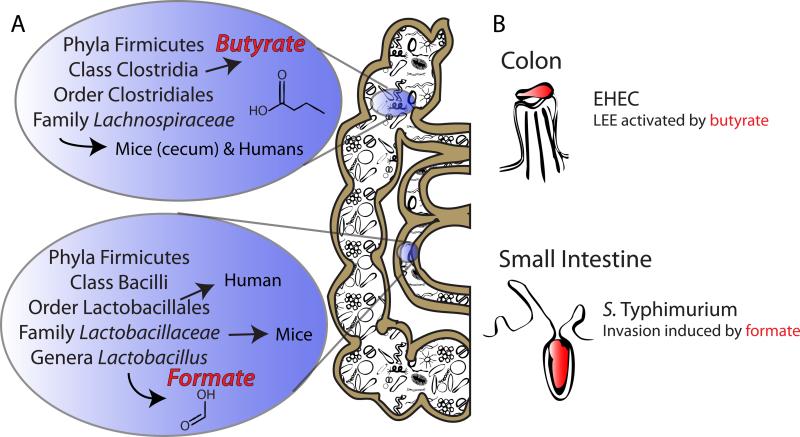Figure 3. Short-chain fatty acid (SCFA) influence upon pathogen tropism.
(A) The Firmicutes are a principal phyla in both the small intestine and the colon, with the family Lachnospiraceae dominating the colon [21,53]. The Lachnospiraceae are members of the Clostridia class, which are major producers of butyrate in the human colon [43,53]. The Lactobacillales order of the Bacillus class dominate the small intestine in humans, and upon further examination in mice, the family Lactobacillaceae within this order compose 24% of the total small intestine microbiota [21,53]. Genera belonging to this family include Lactobacillus, which heterofermentatively can produce formate as well as acetate and lactate. (B) EHEC primarily colonizes the colon of humans, where butyrate is a dominant SCFA [21,39,44,45]. In EHEC, butyrate activates the locus of enterocyte effacement (LEE) and enhances adherence of this pathogen in tissue culture [39,48]. Salmonella enterica serovar Typhimurium (S. Typhimurium) colonizes the small intestine, where formate is a dominant SCFA. The SCFA formate induces the expression of invasion genes in S. Typhimurium, while butyrate is known to repress these genes [46,47].

